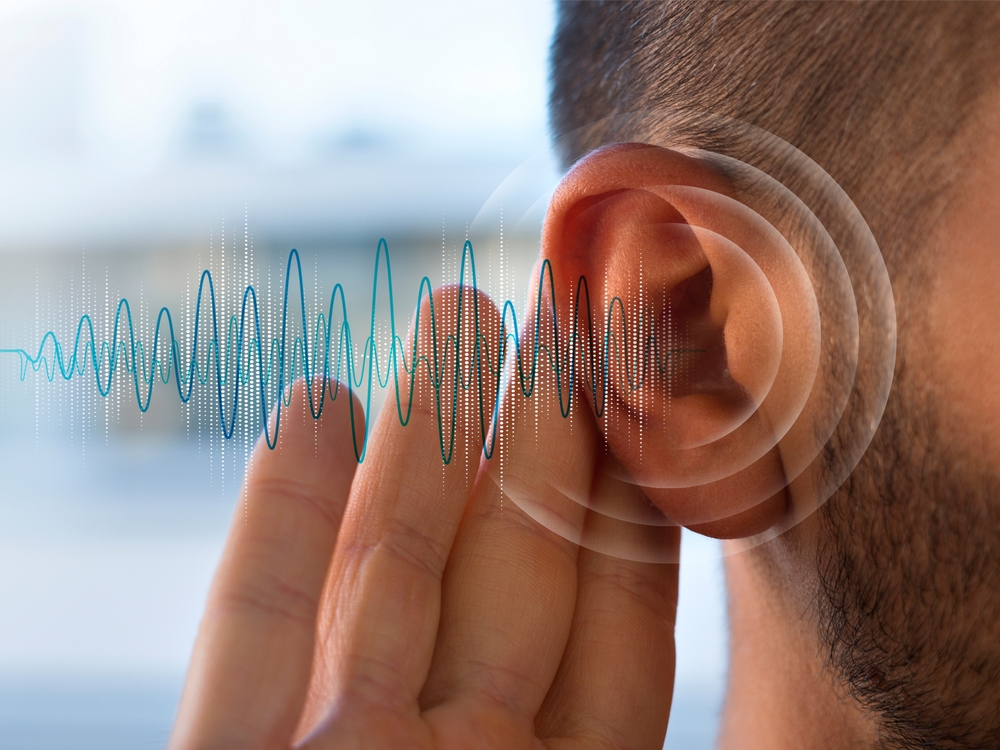
Our ears are often what carry the load of accidental harm from neglect in our busy day-to-day lives. There are some common but dangerous practices, like making use of cotton swabs and ear candling, that will put your hearing health at risk. What follows are a few practices you can use to help protect the health of your hearing.
Bid farewell to ear candling
Ear candling, an ancient technique supposed to extract earwax and improve ear health, has gained popularity despite lacking scientific merit. The process involves inserting a hollow candle inside of the ear canal and igniting the opposite end, with the belief that a vacuum is created, drawing out impurities. However, numerous studies have debunked this practice, emphasizing its ineffectiveness and potential risks.
Not only does ear candling fail to eliminate earwax efficiently, but it also poses considerable risks. Burns to the delicate ear structures, perforated eardrums, and aggravation of existing issues can all be consequences of this practice. Usually, if you notice any wax after ear candling, it will be from the candle itself rather than your ears.
Medical professionals always discourage ear candling because of these findings. There are safer methods of cleaning your ears than cotton swabs and the FDA and the Academy of Otolaryngology (AAO) warn against using them.
No more cotton swabs
It’s true that lots of people turn to these seemingly harmless tools to clean earwax out of their ears. However, contrary to popular belief, inserting cotton swabs into the ear canal poses more dangers than advantages. Rather than effectively removing earwax, swabs can inadvertently jam wax deeper into the ear canal, resulting in impaction and potential injury.
The eardrum is sensitive and objects such as cotton swabs can cause significant damage. Pain, infection, and hearing loss can all be the outcomes of perforations or abrasions of the eardrum. To avoid these complications, it is beneficial to refrain from inserting any objects into the ear canal and instead rely on the ear’s self-cleaning mechanisms or seek professional assistance if necessary.
Mind the volume: protect against loud noise
It’s a loud world we live in and our ears are constantly being assaulted by noises of all different volume levels. Exposure to loud sound is unavoidable, from attending sporting events and concerts to strolling down busy city streets to mowing your lawn. However, prolonged or excessive exposure can have detrimental effects on auditory health, leading to noise-induced hearing loss or tinnitus.
It’s crucial to use hearing protection and, if you can, avoid excessively loud settings in order to prevent damage. This includes wearing ear protection, including earmuffs or earplugs, in noisy environments and limiting exposure to loud sounds whenever possible.
Also, take regular breaks and moderate the volume when you’re using personal listening devices such as headphones and earpods.
If you detect any symptoms, act promptly
Perhaps the most essential aspect of sustaining optimal hearing health is being alert to the signals your ears provide and taking prompt action in response to any concerning symptoms. If you wait to get your hearing loss treated you will probably worsen the problem.
If you have symptoms like ringing in the ears, difficulty understanding speech, or pain or pressure in your ears, it’s important that you recognize it. Make an appointment with us right away if you encounter any of these symptoms. Your hearing outcomes as well as your quality of life will be significantly increased by early detection and intervention.
Your ability to successfully navigate the landscape of your life is dependent on you keeping your hearing as healthy as you can. We can maintain our healthy hearing by avoiding cotton swabs and ear candles, protecting our ears against loud noise, and identifying early warning symptoms.
Call us immediately for an assessment if you are suffering from ear damage or hearing loss.
